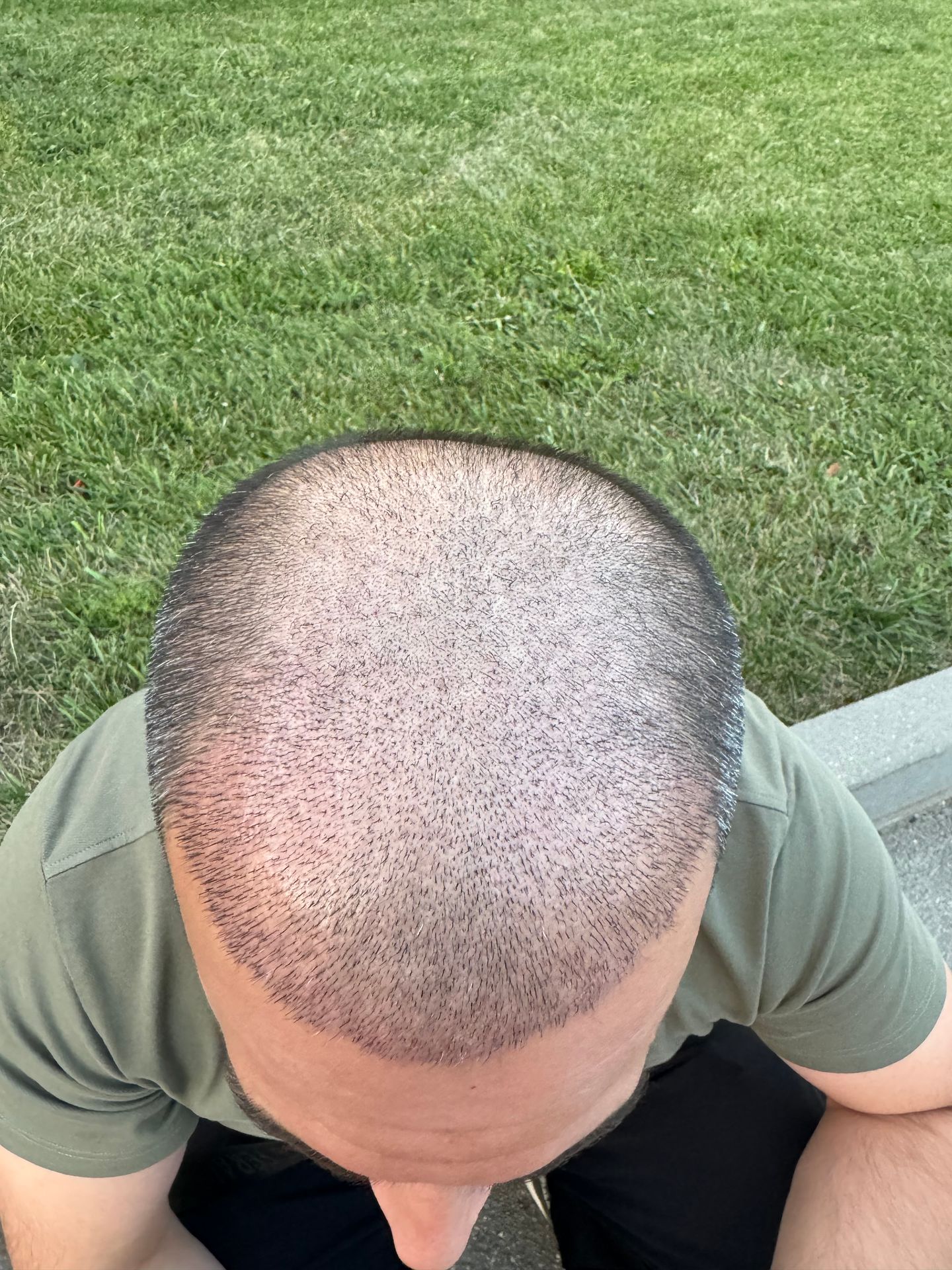The Journey of Hair Restoration: From Consultation to Recovery
Understanding Hair Restoration
Hair restoration / Hair Transplant has become a beacon of hope for those experiencing hair loss. While the journey might seem daunting at first, understanding each step can help ease concerns and set realistic expectations. From the initial consultation to full recovery, each stage plays a crucial role in achieving the desired results.
For many, the first step is acknowledging the problem and seeking professional advice. During the consultation, a specialist assesses your hair loss condition and discusses suitable treatment options. Whether you're considering a surgical procedure or exploring non-surgical solutions, this stage is vital for tailoring a personalized plan to meet your needs.

The Consultation Process
The consultation is more than just a conversation; it’s a comprehensive evaluation. The specialist will typically examine your scalp, discuss your medical history, and understand your goals. This helps in determining which method of hair restoration is best suited for you.
Some common treatment options include Direct Hair Transplantation (DHI) and Follicular Unit Extraction (FUE). Both methods offer distinct advantages and potential challenges. Understanding these can help in making an informed decision.
Preparing for the Procedure
Once a treatment plan is agreed upon, preparation for the procedure begins. This might involve lifestyle adjustments such as avoiding smoking and alcohol or specific medications. These measures are crucial for minimizing potential complications and ensuring optimal results.
Additionally, understanding the procedure’s timeline and what to expect on the day of surgery can significantly reduce anxiety. Patients are usually advised on how to care for their scalp post-procedure and what signs to watch for during recovery.
The Procedure Day
On the day of the procedure, patients should arrive with a clear understanding of the process. The medical team will ensure you are comfortable and address any last-minute questions or concerns. Depending on the chosen method, the procedure can last several hours, during which time you can relax, listen to music, or even watch TV.

The procedure itself is generally painless, thanks to local anesthesia. The medical team meticulously transplants hair follicles, ensuring a natural-looking result. Post-procedure, detailed aftercare instructions are provided to support healing and recovery.
Post-Procedure Care and Recovery
Recovery is an essential phase of the hair restoration journey. Immediately after the procedure, some swelling or discomfort is typical, but this usually subsides within a few days. Following the aftercare instructions is crucial for promoting healing and safeguarding the transplanted hair follicles.

Regular follow-up appointments allow your specialist to monitor your progress and address any concerns. It’s important to remember that patience is key; visible results often take several months to manifest as new hair begins to grow.
Embracing New Growth
As months pass, you’ll start noticing new hair growth in previously thinning or bald areas. This period can be quite rewarding as you see tangible results of your journey. Maintaining a healthy lifestyle and proper scalp care can further enhance these results.

The emotional impact of hair restoration can be profound, boosting self-esteem and confidence. Many individuals find that the journey was well worth the effort, leading to improved quality of life and personal satisfaction.
